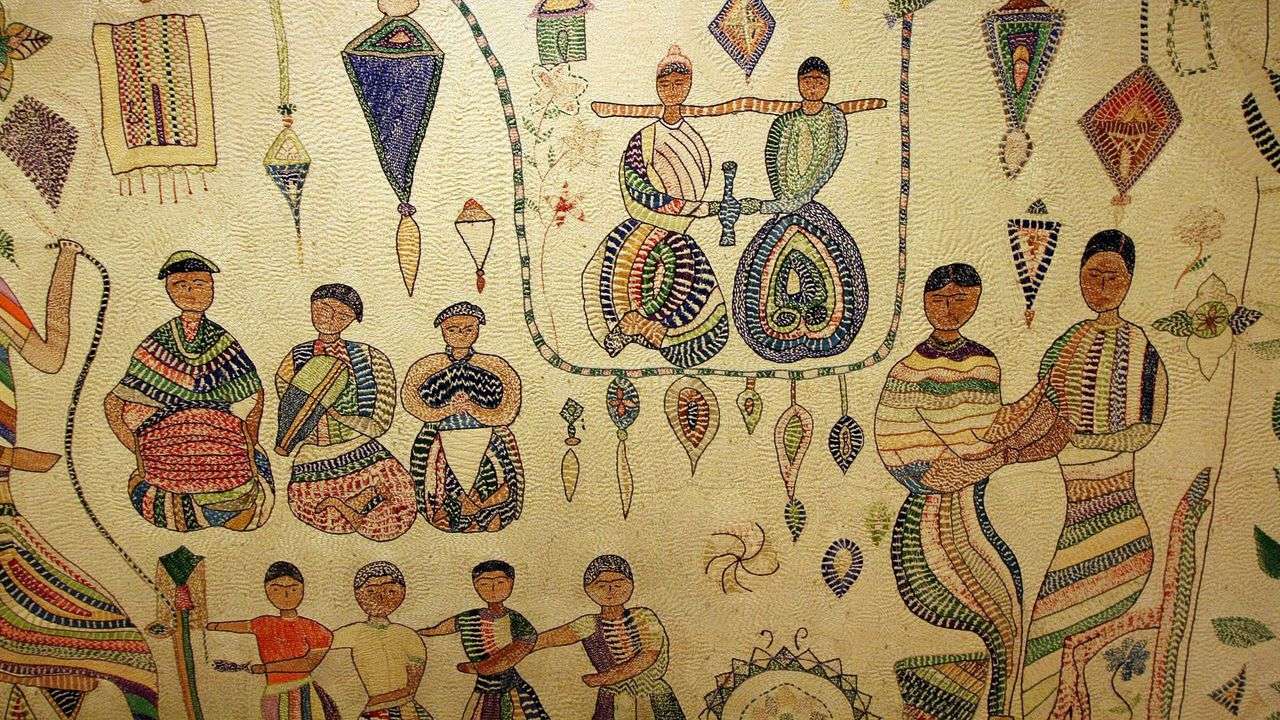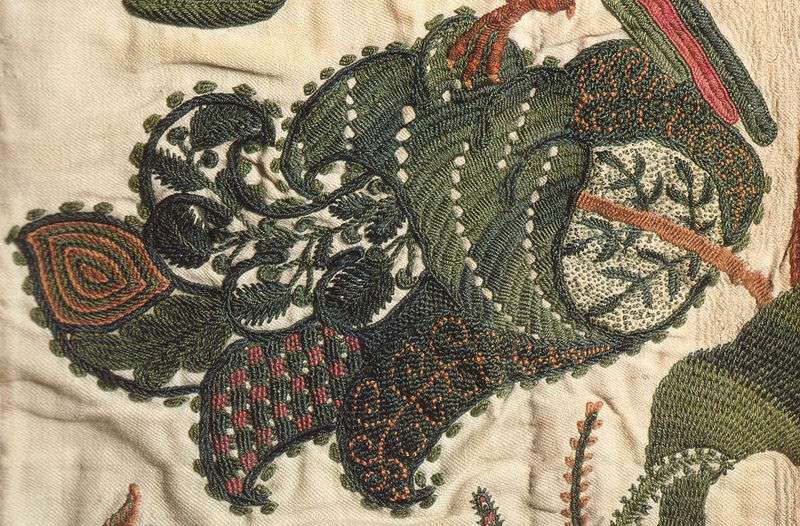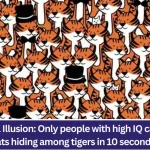The History of Needlework: From Ancient Times to Modern-Day
Needlework, or the art of creating decorative or functional items by stitching fabric, has been an integral part of human culture for thousands of years. From the earliest examples of primitive embroidery to the modern-day crafts of knitting and crocheting, needlework has evolved and adapted to suit the changing needs and preferences of society. In this article, we will explore the history of needlework, tracing its origins from ancient times to the present day.

Ancient Times:
The roots of needlework can be traced back to prehistoric times, with evidence of early needlework found in archaeological sites around the world. The first needles were likely made from animal bones or plant materials, and were used to sew together animal hides to make clothing and shelter. As humans began to settle in communities and develop agriculture, needlework became an important form of artistic expression, as well as a means of creating clothing and household items.
One of the earliest examples of needlework is the embroidery found on the burial shrouds of Egyptian pharaohs, dating back to around 5,000 BCE. Embroidery was also popular in Ancient Greece and Rome, with richly decorated clothing and textiles featuring intricate stitching and beading.

Middle Ages:
During the Middle Ages, needlework became an important skill for women, who were responsible for creating clothing, bedding, and other household items. Embroidery was also used to decorate religious vestments and altar cloths, with intricate designs and motifs featuring gold and silver thread.
In the 11th century, the Bayeux Tapestry was created in England, depicting the events leading up to the Norman Conquest of England in 1066. The tapestry, which is almost 70 meters long and features over 50 scenes, is one of the most famous examples of medieval needlework.
Renaissance:
During the Renaissance, needlework continued to be an important form of artistic expression, with elaborate embroidered textiles and tapestries becoming highly prized. The development of new techniques, such as needle lace and cut work, allowed for even more intricate and detailed designs.
One of the most famous examples of Renaissance needlework is the Unicorn Tapestries, a series of seven tapestries created in the late 15th century. The tapestries, which are now housed in the Metropolitan Museum of Art in New York, depict the hunt and capture of a unicorn, and feature richly detailed backgrounds and intricate stitching.
Industrial Revolution:
With the advent of the Industrial Revolution in the 18th and 19th centuries, needlework began to change dramatically. Mass production techniques meant that textiles and clothing could be produced more quickly and cheaply, reducing the need for handmade items.
However, needlework continued to be an important skill for many women, who used their talents to create beautiful and functional items for their homes and families. The Victorian era, in particular, saw a resurgence of interest in needlework, with intricate and highly detailed designs becoming popular.
Modern-Day:
In the modern era, needlework has continued to evolve and adapt to suit the changing needs and preferences of society. Knitting and crocheting, for example, have become popular hobbies and crafts, with a wide range of patterns and materials available.
Embroidery has also seen a resurgence in popularity, with many artists using it as a form of self-expression and political commentary. Modern techniques, such as machine embroidery and digital stitching, have made it easier than ever to create intricate and detailed designs.
In conclusion, the history of needlework is a long and fascinating one, tracing the evolution of this ancient craft from its earliest roots to the present day. From primitive embroidery to modern-day knitting and digital stitching, needlework has remained an important form of artistic expression and cultural tradition throughout human history.





